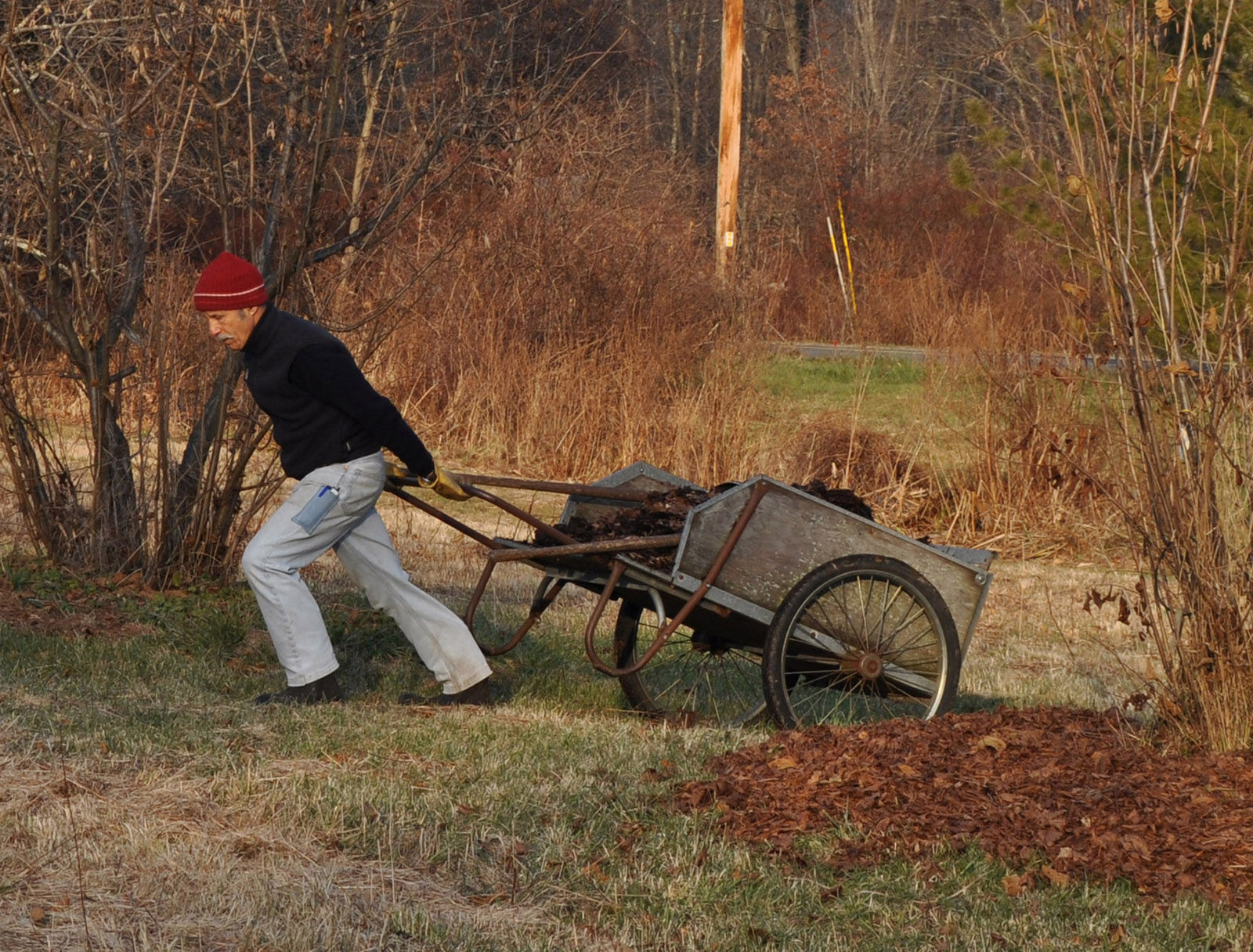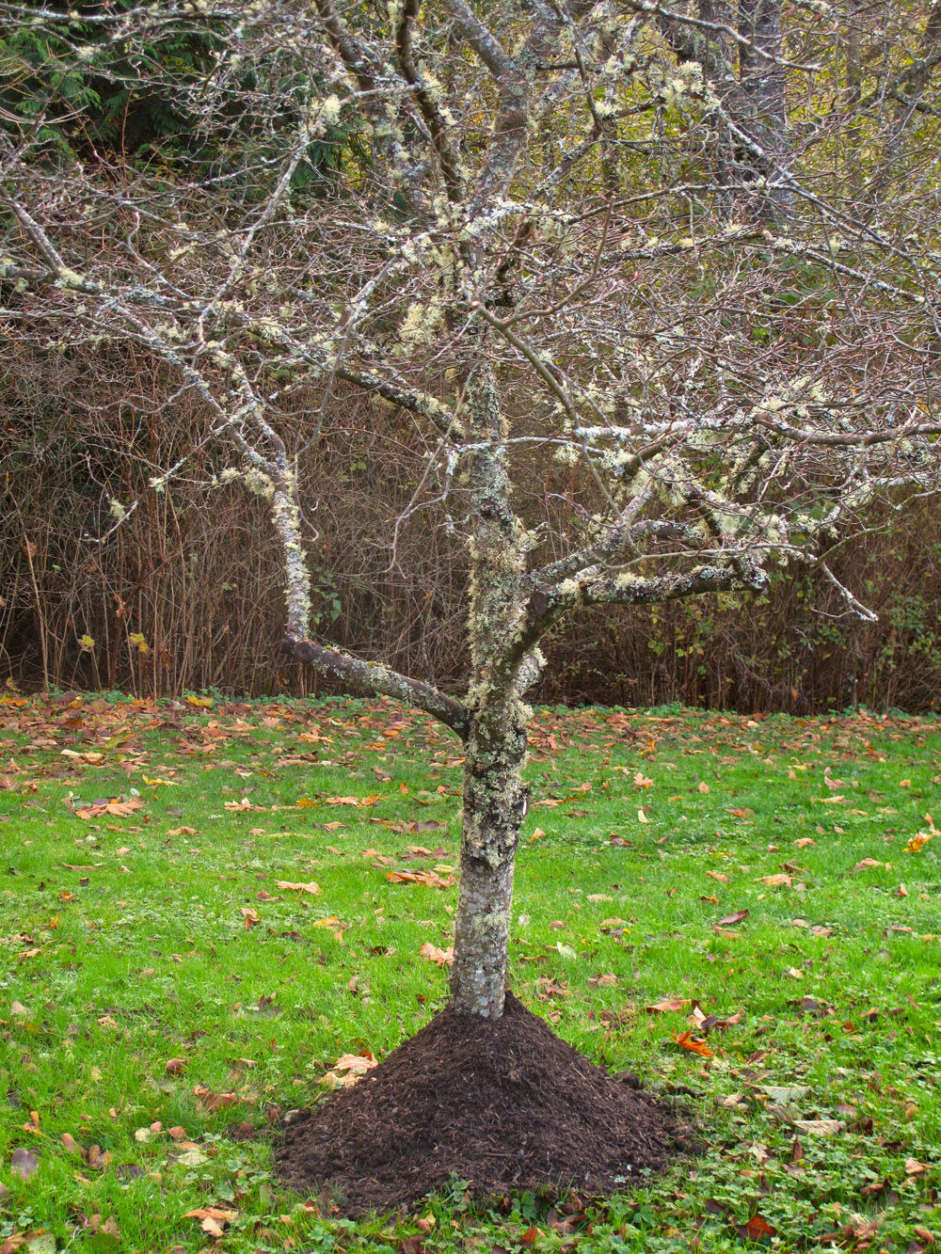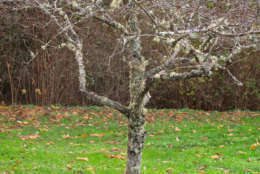



Still time to save tropical ‘summer blooming bulbs’
Cold enough for you, Bunky? Well your footsies may be freezing, but your cold-hardy trees, shrubs and perennials are just fine — unless they’re tropicals. And if they are, there’s still time to save them.
As soon as the soil and your fingers thaw, dig up the roots and rhizomes of “summer-blooming bulbs” like canna lilies and dahlias and store them indoors over the winter. (I use quotes here because none of these underground parts are actually bulbs, but that’s the common name for this class of plants.)
If you don’t want the bother of digging and storing but still want to try and induce their survival, there is a non-guaranteed but often successful lazy way:
Leave any frost-blackened above-ground plant parts in place and mulch around those blasted tops with several inches of shredded leaves, pine straw, pine fines, compost — or if you must, wood mulch. (As long as it isn’t dyed some awful color to disguise the fact that it’s chipped-up insecticide-soaked pallets and construction trash.)
Winter mulching do’s and don’ts
Now that we’ve had a hard freeze (and to semi-quote the late Robin Williams, “that freeze was harder than Chinese algebra”), it’s time to review the rules of winter mulching.
First, mulch cannot keep plants warm. A 2-inch layer of shredded leaves, pine straw, pine fines, compost or, if you must, non-dyed wood mulch, simply keeps the soil temp constant, preventing the freezing and thawing cycles that can heave things like spring bulbs and newly planted trees and shrubs out of the ground.
Established plants need no mulch, but if you feel you must mulch, don’t let the material be deeper than 2 inches and don’t allow any mulch to ever touch the trunk of a tree or the stems of a shrub. Proper mulch should start a few inches away from the plant and extend outward as far as the farthest branch.
And yes, this means that you should rake any “volcanoes” away now or pay the consequences later. And that’s the truth.
I fought Bermuda; and Bermuda won
Dennis in Vienna writes: “Is there any sure way to kill the Bermuda grass that has taken over 70 percent of my tall fescue lawn?”
Let’s begin by ranking the contenders here.
Bermuda is a warm-season grass that becomes an increasingly wiser choice as we move south — into areas with the hotter summers that stress cool-season grasses like fescue.
Turf-type, tall fescue is one of the absolute best choices for a cool-season lawn in regions where most of summer isn’t scorching. It grows more slowly than bluegrass, needs less food and water and doesn’t invade surrounding areas the way bluegrass does.
And there’s the rub. Because fescues don’t spread, they need to be over-seeded every few years or aggressive grasses — like Bermuda — will naturally move into any bare spots. If Dennis’ fescue wasn’t replenished at least every few years, invasion by other grasses was to be expected.
Overfeeding does not favor fescue
Dennis in Vienna says that Bermuda grass has taken over his previously tall, fescue lawn, which led me to ask cultural questions about cutting and feeding.
He responds: “I cut the lawn and keep it at 3 for 4 inches.” OK — that’s perfect, as a shorter cut would make the fescue fail and Bermuda thrive.
Ah, but Dennis continues: “I use a service that applies six feedings a year.” Ding, ding, ding — that’s four feedings too many.
Cool-season grasses like fescue benefit from a light feeding in the spring and a bigger one in late summer/early fall. Feeding a cool season grass in the summer burns it up while encouraging warm-season grasses like Bermuda to take over.
Can Bermuda be beaten and fescue facilitated?
Dennis in Vienna hired a service that fed his tall fescue lawn a potentially-criminal six times a year. (Yes, criminal: That has to be overfeeding as per the recently enacted lawn care laws in both Virginia and Maryland. [And I think it’s a felony in Tacoma Park]). The result: Bermuda grass has taken over 70 percent of the lawn, and Dennis wants to know how to kill it.
Before we rush to execution, let’s review.
Bermuda is a spreading grass that loves summer heat. It will take over the remaining 30 percent next season, giving you a one-grass lawn. Problem solved.
If fescue it must be, the best bet would be to have the Bermuda turf professionally removed with a sod cutter next August, have a big load of compost delivered, sow a fresh run of fescue and be prepared to spread the exact same seed fresh in any bare spots every fall.
And drop down to a maximum feeding schedule of twice a year or the new fescue will also fail.
Mike McGrath was Editor-in-Chief of ORGANIC GARDENING magazine from 1990 through 1997. He has been the host of the nationally syndicated Public Radio show “You Bet Your Garden” since 1998 and Garden Editor for WTOP since 1999. Send him your garden or pest control questions at MikeMcG@PTD.net.







